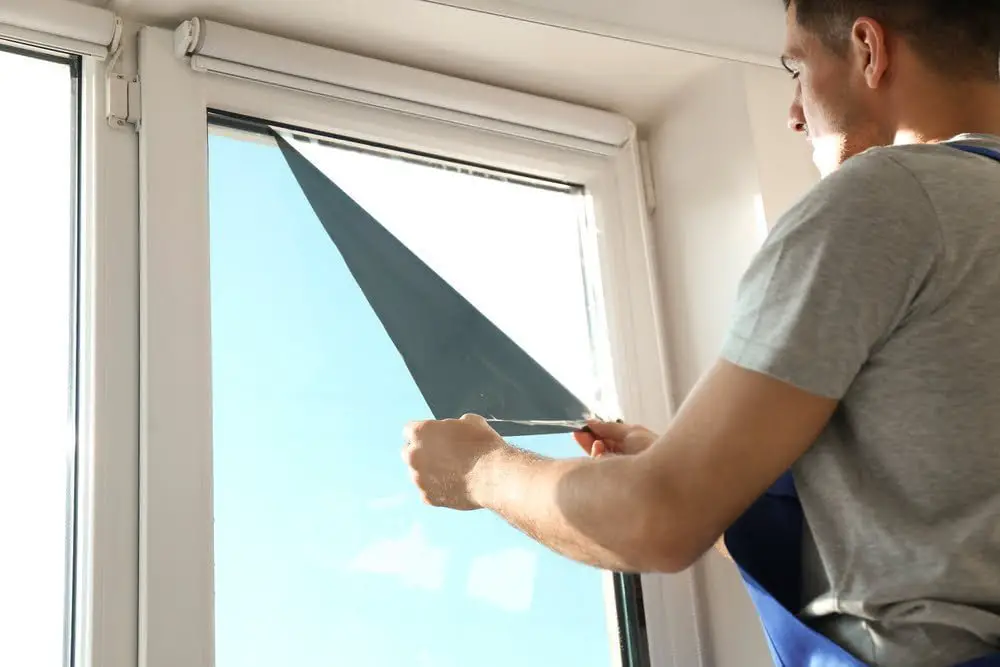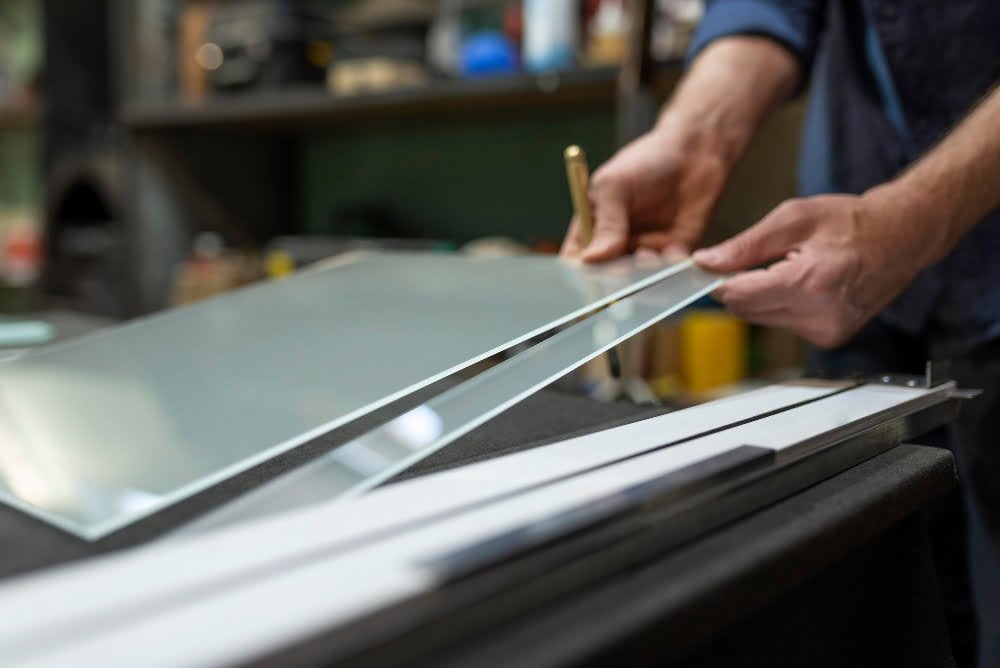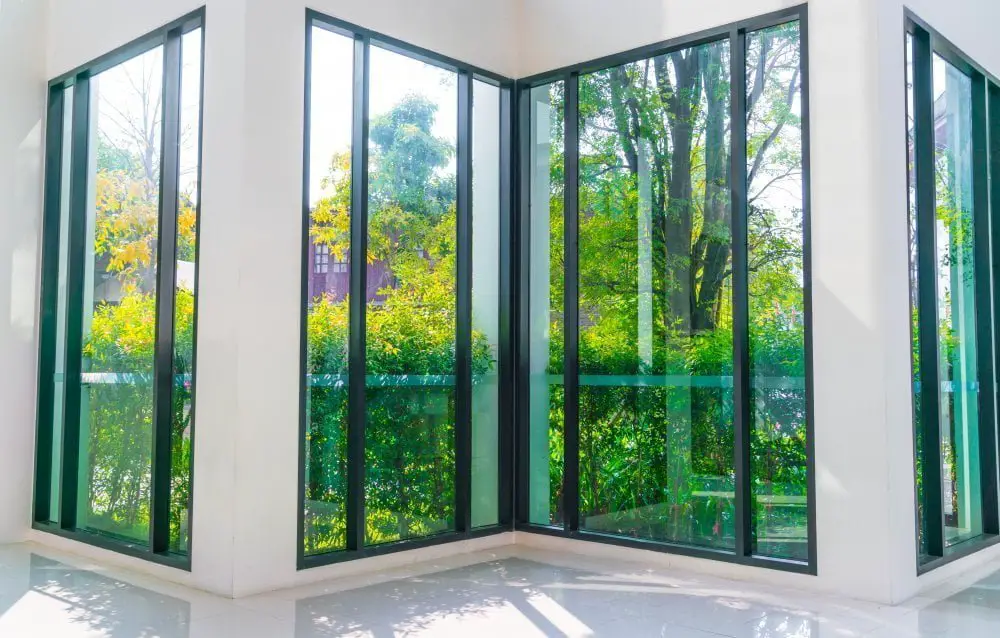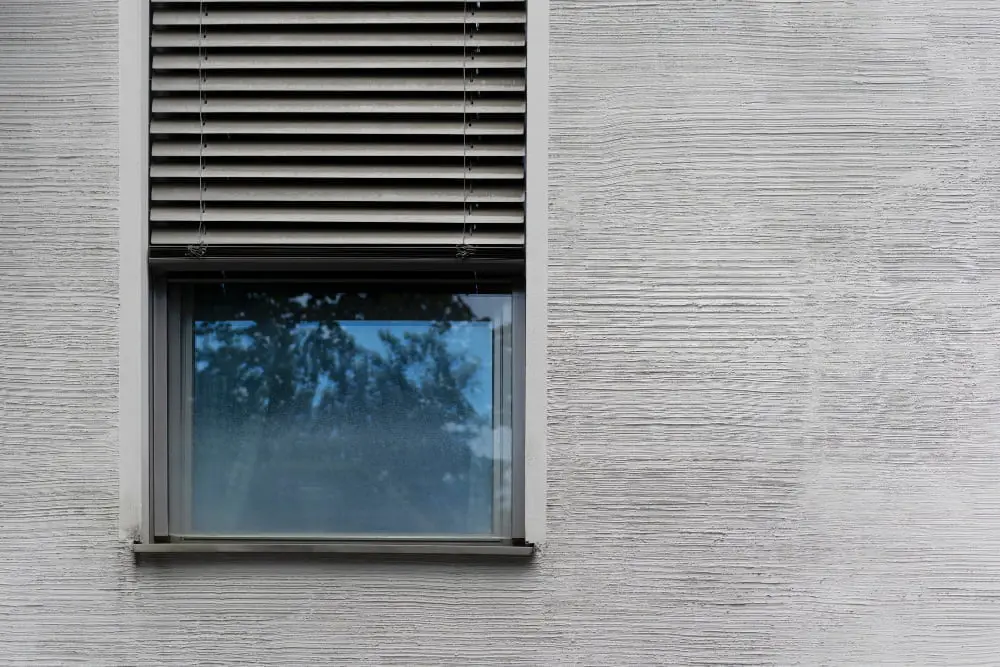Discover how energy-saving window film applications can lead you towards a more sustainable future by reducing your carbon footprint and saving energy costs!
Windows are not just a source of natural light and fresh air; they can also be one of the biggest culprits of energy loss in your home. That’s why I’m excited to share with you today about energy-saving window film applications that can help you reduce your carbon footprint while saving money on your energy bills.
Join me as we explore how this innovative technology is changing the game for homeowners everywhere and providing us all with a window to a greener future.
Introduction to Window Films

Window films are a thin layer of material that can be applied to the surface of your windows. They come in various types, each with its unique properties and benefits.
Some window films are designed to reduce glare, while others provide privacy or enhance security. However, the type we’ll focus on today is energy-saving window film.
As I mentioned earlier, windows can be one of the biggest culprits when it comes to energy loss in our homes. During hot summer months or cold winter nights, heat transfer through glass panes can cause us to crank up our air conditioning or heating systems unnecessarily – leading not only to higher electricity bills but also increased carbon emissions.
Energy-saving window film applications offer an innovative solution by reducing solar heat gain during summers and retaining indoor warmth during winters – all without compromising natural light transmission!
By reflecting back a significant portion of solar radiation before it enters your home’s interior space (upwards 80%!), these films help keep temperatures stable inside while reducing reliance on HVAC systems outside.
In short: Energy-saving window film applications are like sunglasses for your house’s windows – they protect you from harmful rays while keeping things cool and comfortable inside!
Types of Energy-Saving Films

When it comes to energy-saving window films, there are a variety of options available on the market. Some films are designed to reflect heat and UV rays, while others provide insulation by trapping air between the film and the glass.
The type of film you choose will depend on your specific needs and budget.
One of my favorite types of energy-saving window film is low-emissivity (low-e) coating. This type of film works by reflecting infrared light back into your home during winter months, keeping it warm and cozy inside without having to crank up the thermostat.
During summer months, low-e coatings can help keep your home cool by blocking out unwanted solar heat gain.
Another popular option is solar control window tinting which reduces glare from sunlight entering through windows as well as blocks harmful UV rays that can damage furniture or flooring over time.
No matter what type you choose though one thing remains clear: Energy-Saving Window Film Applications truly provide us with a “window” towards creating a greener future!
Benefits of Window Film Application

When it comes to energy-saving window film applications, the benefits are numerous. Not only do they help reduce your carbon footprint and save you money on your energy bills, but they also provide added privacy and protection from harmful UV rays.
As I continued my journey towards a more sustainable lifestyle, I realized that every small change we make can have a significant impact on our environment. Installing window films is one such change that can make a big difference in reducing our overall energy consumption.
By applying these films to your windows, you’ll be able to regulate the temperature inside your home better. This means less reliance on heating or cooling systems which consume large amounts of electricity or gas – ultimately leading to lower utility bills for you!
Moreover, with increased privacy features offered by some types of window film applications like frosted glass effect or tinted options; homeowners no longer need heavy curtains or blinds for their windows- saving them even more money while still enjoying natural light without compromising their privacy.
Energy-saving window film application is an excellent way for homeowners everywhere who want both financial savings as well as environmental sustainability in mind when making decisions about how best manage their homes’ resources!
Installation Process

Now that we understand the importance of energy-saving window film applications, let’s dive into the installation process. The good news is that it’s a relatively simple and straightforward process.
In most cases, a professional installer will come to your home and apply the film directly onto your existing windows. The application process typically involves cleaning the windows thoroughly before applying an adhesive layer to hold the film in place.
Once applied, any excess material is trimmed away for a seamless finish. As someone who cares deeply about sustainability and reducing my carbon footprint, I was thrilled with how easy it was to make this upgrade in my own home.
Not only did I feel like I was doing something positive for our planet by reducing energy waste but also saving money on my monthly utility bills! It truly felt like opening up a window to greener future possibilities – one small step at a time!
Cost and Savings Analysis

Now that we’ve discussed the benefits of energy-saving window film applications, let’s talk about the cost and savings analysis. While it may seem like a significant investment upfront, installing energy-saving window films can save you money in the long run.
Energy.gov says windows account for 25-30% of residential heating and cooling costs. By reducing heat gain during summer and heat loss during winter, these films can help reduce your reliance on air conditioning or heating systems.
The exact amount you’ll save depends on several factors such as your location, climate conditions in your area, size of windows being treated among others. However studies have shown that homeowners who install energy-efficient window film applications see an average reduction in their monthly utility bills by up to 15%.
In addition to saving money on utility bills over time with this technology installed at home or office spaces; there are also other financial incentives available from government agencies which could further offset installation costs making it more affordable than ever before!
So if you’re looking for ways to positively impact our environment while also saving some cash along the way, consider investing in energy-saving window film applications today!
Environmental Impact Reduction

When it comes to reducing our environmental impact, every little bit counts. And that’s where energy-saving window film applications come in.
By installing these films on your windows, you can significantly reduce the amount of heat and UV rays that enter your home while still allowing natural light to shine through. This means less reliance on air conditioning during hot summer months and reduced energy consumption overall.
Not only does this help lower your carbon footprint, but it also saves you money on utility bills in the long run. As someone who is passionate about sustainability and preserving our planet for future generations, I believe that small changes like this can make a big difference.
So let’s take a closer look at how energy-saving window film applications work and why they’re such an important step towards a greener future for us all.
Case Studies and Examples

One of the best ways to understand the benefits of energy-saving window film applications is by looking at real-life case studies and examples.
For instance, a homeowner in California installed energy-saving window film on their west-facing windows, which were causing excessive heat gain during summer months.
The result was a 30% reduction in cooling costs and an overall more comfortable living space. Another example comes from a commercial building owner who installed energy-saving window film on their entire building.
They saw significant savings on heating and cooling costs while also improving employee comfort levels with less glare and more consistent temperatures throughout the day. These are just two examples of how energy-saving window films can make a big impact both financially and environmentally.
By reducing your reliance on artificial heating or cooling systems, you’re not only saving money but also reducing your carbon footprint – one small step towards creating a greener future for us all!
Related Stories
- Heat-reflective Windows for Energy Savings: A Bright Idea
- Energy-saving Window Options: Unlocking the Potential of Your Home
- Energy Star-rated Windows: A Shining Example of Efficiency
- Window Shading Devices and Energy Efficiency: Control Your Home’s Comfort
- Best Energy-efficient Windows: Top Picks for a Greener Home
Recap
